Home office: how to create it and other useful tips
Home office: the biggest innovation in the world of work introduced by the Covid-19 emergency.
The pandemic has turned our lives upside down, changing our habits, our way of interacting with people and even our way of working. Some upsets, however, have proved to be so useful that they apply even now that the emergency seems to have partially subsided.
Smart working, or remote work, for example, is one of them. For many people, working from home is comfortable and equally productive, so much so that they are now left with the free choice.
After an initial adaptation phase in which they worked in spaces that were not designed for that specific function, many people organized themselves to recreate a small office inside their own home, looking for optimal and space-saving solutions.
Now, thanks to some advice, let’s try to understand how to create a functional home office in a simple and optimal way, even in those houses where space is scarce.
1) Take advantage of natural light and study the points of artificial light
Just like for classic offices, the golden rule is to take advantage of natural light, preferring it as much as possible to artificial light.
The best thing would be to ensure that natural light arrives from the side, so that it is not too direct and bothers us, but not too little either because it is covered.
When natural light is scarce, however, you need to have another adequate light source. Whether it’s a desk lamp or a ceiling light, we need to make sure that it doesn’t reflect on the computer screen or on the desk top, causing us discomfort.
It is recommended to use lights that are not too white, but not too saturated in color, otherwise there is the risk of tiring your eyes too much and ruining your vision.
2) Work surface
The work surface, in most cases, is assumed to be a desk.
The measurements of the desk for a home office must be contained but, at the same time, must guarantee the right space for all the objects that are needed. Be careful, though, not to find yourself too narrow.
The desk top should not be reflective and should be aesthetically pleasing.
3) A comfortable seat
As we always say, to optimally work and to prevent pain to arise, due to incorrect posture, it is essential to choose a comfortable but above all ergonomic seat, designed and built to support 8 hours of work.
In this case, too, it is better to avoid large or too bulky chairs. Grendene offers its ergonomic chair mod. Like 700, with mesh backrest, which combines an attractive design with a multitude of simple and intuitive adjustments.
4) Power sockets
Another fundamental thing not to be underestimated is the position of the electrical sockets inside the room that we are going to transform into a home office.
The ideal would be to avoid having so many cables scattered or running across the room to get to the workstation. A very common solution is to hide them from view by passing them through a grid fixed under the table top.
Another solution, much more practical and aesthetically pleasing, would be to purchase a desk with cable ducts and a socket compartment. This would allow you to have comfortable sockets and not have the unpleasant view of the power cables.
5) Bookcases and storage compartments
When working, clutter is easily created; and working in disorder, most of the time, leads to slowdowns and wasted time. For this reason, it is important to have storage solutions for all those documents and binders, typical of offices.
In this sense, one can think of inserting some shelves or a bookcase. For those environments where space is particularly limited, on the other hand, concealed solutions such as storage built-in compartments can be adopted.
It must also be said that, fortunately, the interior design trends of recent years are directed towards the logic of “less is more”, a minimalist trend according to which all superfluous things must be eliminated in order to be able to concentrate better on what is really important.
In this case the reduction of working materials plays to our advantage.
6) Insertion of natural elements
A trick to create a more personal, stimulating and productive work environment is the inclusion of natural elements such as plants and flowers.
Other useful tips
Working from home allows you to change all those timings and dynamics that were created in the office. It is therefore important to create a new work routine that can also benefit your body.
We thought we’d leave you a list of useful tips for smart working:
- Change your posture (even slightly) every 30 minutes. You will keep your body moving.
- Informal phone calls should be made while standing or walking around the house
- When staring at a screen for extended periods, occasionally look away and look outside. It will help your eyes
- If you use a tablet for content creation, use a keyboard; if instead you use it for content consumption, use it as if it were a book.
Hoping to have been of help with the creation of your home office, we remain at your complete disposal for the choice of your chair. Visit our website and choose the one you like best.

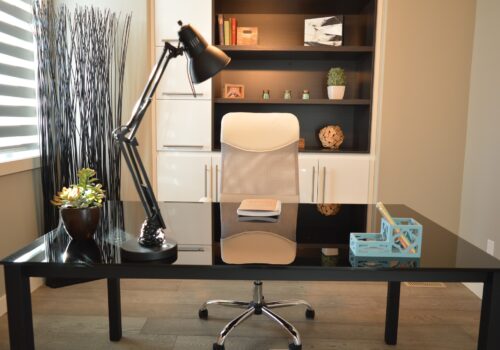
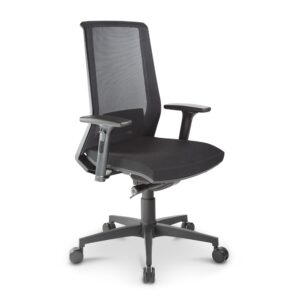
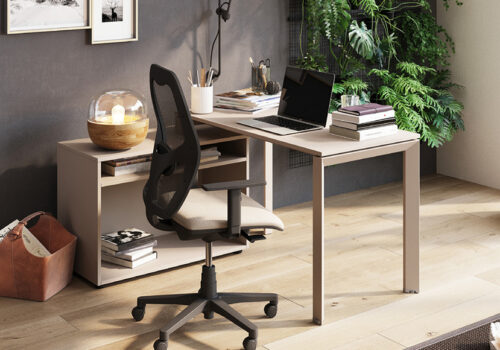
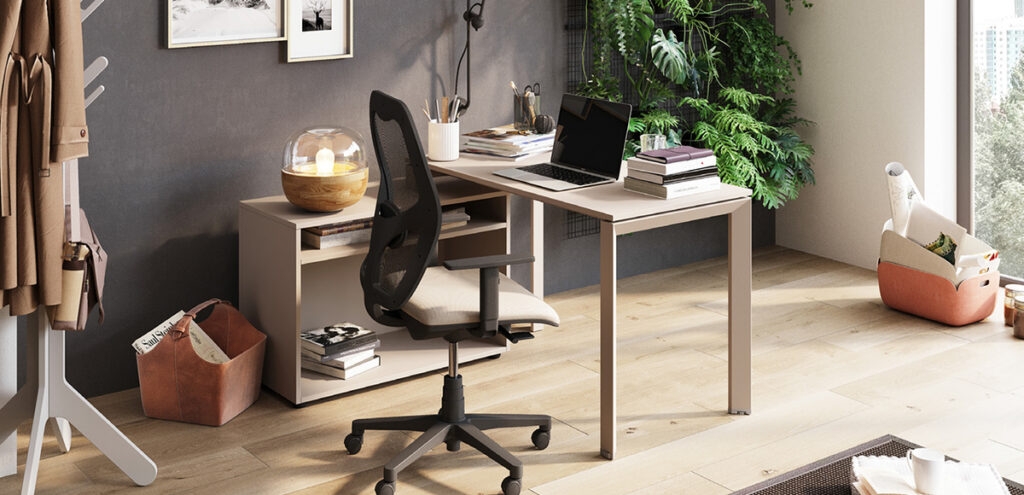
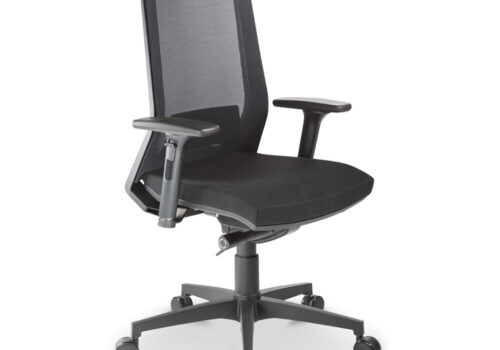
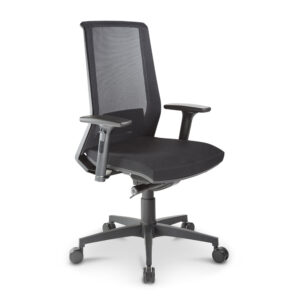 The swivel chairs that we offer are characterized by practical adjustment mechanisms, soft shapes and lines and original colors, so the work area becomes elegant and refined, always in harmony with the rooms of the house.
The swivel chairs that we offer are characterized by practical adjustment mechanisms, soft shapes and lines and original colors, so the work area becomes elegant and refined, always in harmony with the rooms of the house.